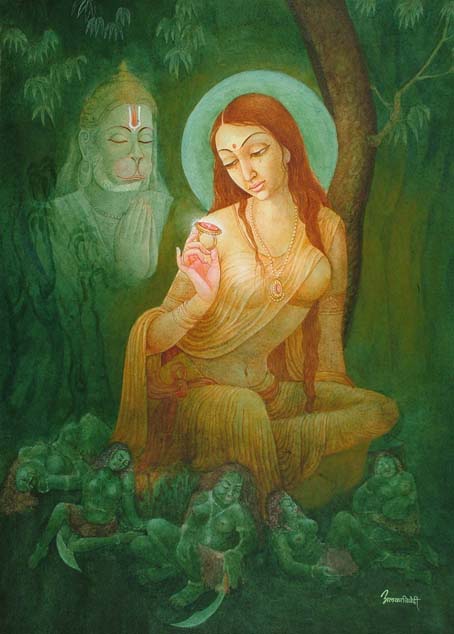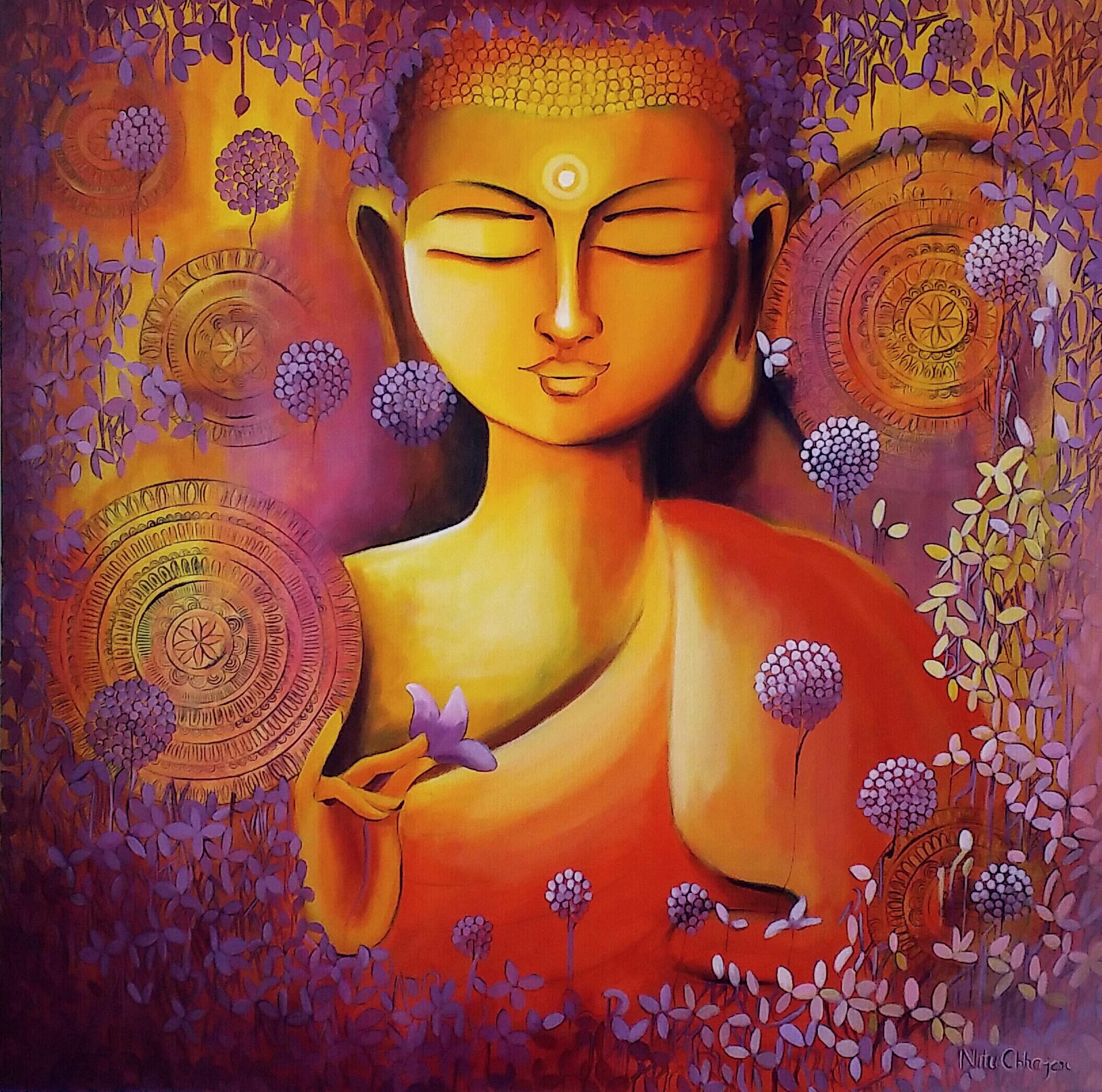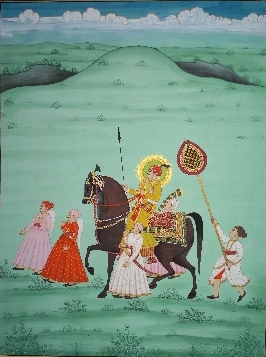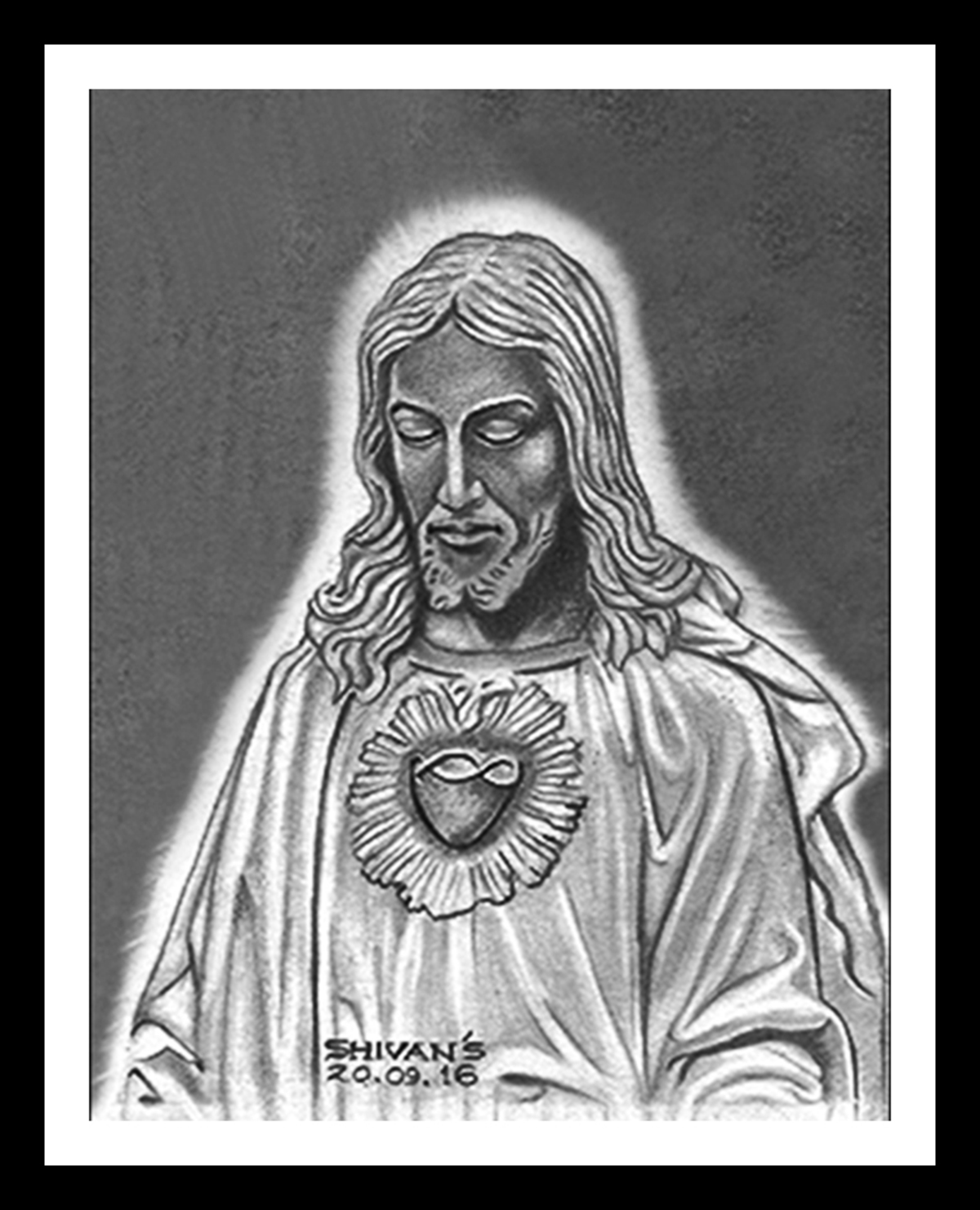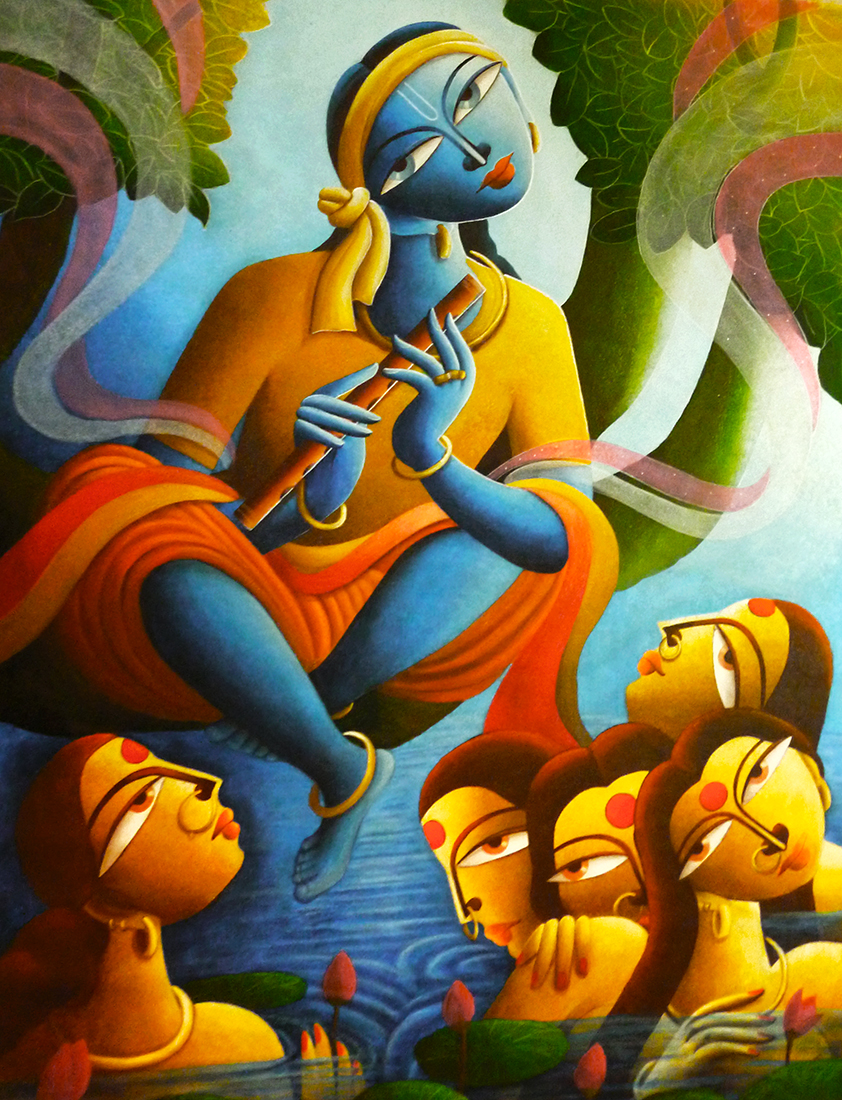
Religion is nothing but a community of people who collectively support one idea of almighty and hence live in accordance with its norms. If you would search “how many religions exist in the world” on Google, the answer you would find is 4200. Yes, that’s right!
India, a land of farmers, artists, developers, sportsman, actors, and businessmen, is known to nurture quite a few religions itself. These religions influence the political tactics, but also tend to lay the foundation of some impeccable artworks since centuries.
Be it music, sculptures, paintings or any other art, religion played a major cameo in each. The dominant religions in India are Hinduism, Buddhism, Islam, and Sikhism.
Indian artists inspired from Mythological tales of such religions carved out such dazzling pieces of paintings that have become a benchmark. Through this blog, I am going to jot down points that will display how each religion have impacted art in India.
Let’s take a look:
Influence of Hinduism on Indian art
“You can reach the same sea by different routes”. This is what Hinduism has always taught. This is one of the oldest religions in this world, which is quite liberal from starting. And this is why so many tales of multiple deities are easily welcomed and believed in Hinduism.
But, nothing has inspired artists more than the mythological tales of Mahabharata and Ramayana. There have been several artists across the India who have exhibited different instances from these religious mythologies.
For instance, a Malaysian artist showcased the entire story of Ramayana through his 16 * 178 inches painting. Another such example would be the Pahari Ramayan paintings that can found in Seth Kasturbhai Lalbhai collection.
The Mysore and Tanjore paintings that are known to hold the stature of Indian art for centuries were inspired from the religious epics.
Still, the most favourite God of artists was, is and will be Lord Krishna. The artists have crafted some engrossing and graceful piece of art depicting the actions or tales of Krishna for a long time now.
Also Read: Learn The Truth About Paintings Of Radha Krishna In The Next 60 Seconds
The legacy of Rajput and Madhubani paintings is the perfect example of how Lord Krishna and his stories inspired the artists.
Some other famous paintings style generated from religion are:
- Kalighat paintings of Bengal (inspired from Goddess Kali)
- Phad paintings of Rajasthan
- Rajput paintings of Amber and Jaipur
Apart from paintings, murals were also quite famous art style in ancient time that can be seen on almost every temple in Southern India.
Read More: Indian Art: Meaning, Popularity and Distinct Forms
Influence of Buddhism on Indian art
Buddhist art was originated in India and was based on the life story of Prince Siddhartha Gautam or popularly known as Gautam Buddha in the 6th and 5th century BCE.
In the era when Buddhism was spreading, a lot of mural artists came up. Today, in the temples of Ajanta and Ellora, you can have a glimpse of what mural artists used to carve on the walls, roofs, and ceilings.
Buddhist art initially was made in anthropomorphic depictions of Gautam Buddha in Northern India. Two main centres where the Buddhist art took its first step were Gandhara (now located in Pakistan) and the region of Mathura (northern India).
Buddhism is the only religion that spread peacefully to different nations of Asia. Artists in India always found the life and actions of Buddha as inspiring and hence has carved out some captivating Buddha paintings reflecting the same.
Rock sculptures of big sizes and paintings on the walls of tombs were quite famed during the dawn of Buddhism.
Influence of Islam on Indian art
This era, which is also known as the medieval times was the period of the spread of Islam. The flare-up of Islam introduced the essence of Persian art in India.
Mughal Empire ensured a splendid blend of an Indo-Islamic form of art, which was first introduced in Delhi. Artists in this time period made some exceptional paintings, sculptures, miniatures and ceramics.
You can witness some of the best works of artisans in the Mughal Painting style that still exist. Along with this, you can also find a pinch of Mughal paintings in Rajput paintings too.
Influence of Christianity on Indian art
Christianity marks the beginning of an era where artists focus more on disclosing the hidden personality of Gods. The western influence that pushed Christianity in India made artists to focus on copying the scenic beauty of nature in the paintings.
Note that before Christianity, Indian artists were never known to do landscape or modern paintings, but more of artworks based on the mythological tales.
Paintings or any art style of this time period was a complex amalgamation of Hindu, western, and Islamic aspects (few can be seen today).
Also Read: Indian Art Industry - Waiting For A New Dawn
All in all, India and its art sector have a history to depict the saga of these religions. In return, these religions are known to provide space to Indian paintings, sculptures, music or allied art in their inheritance.
Thanks!





















